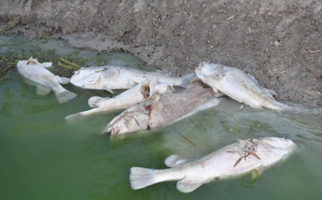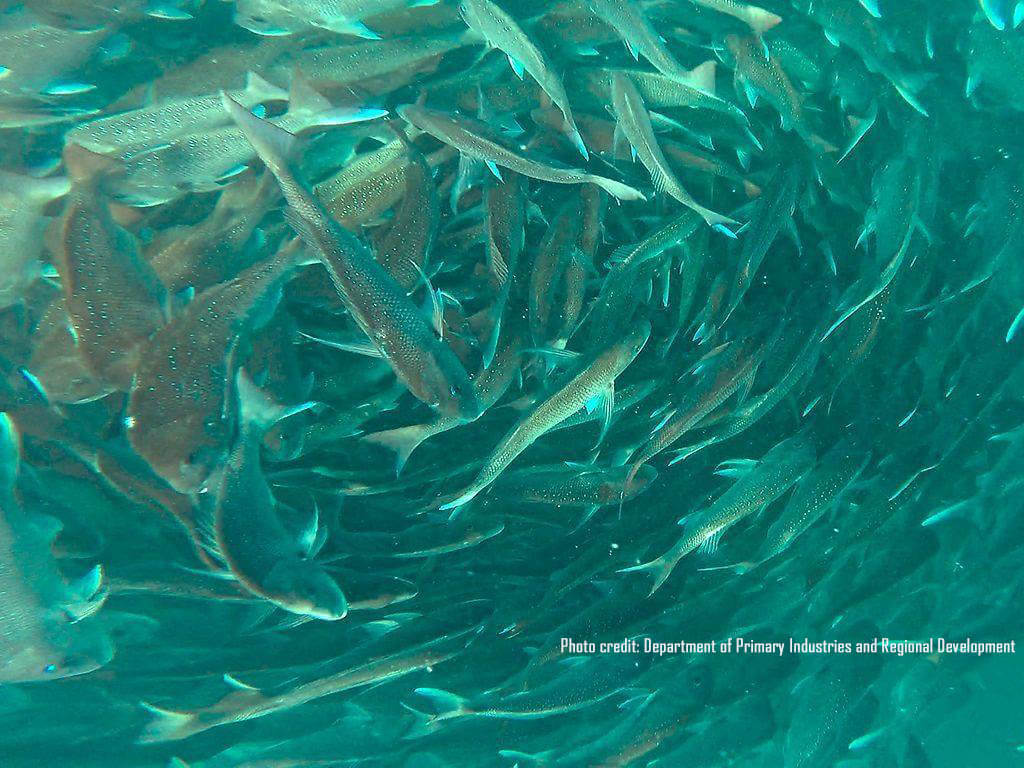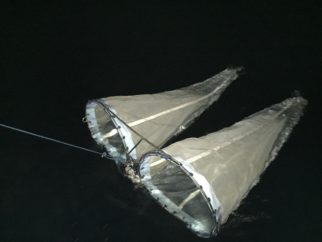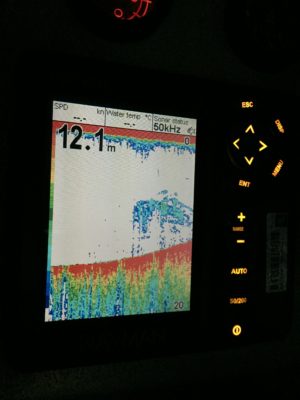UPDATE: 21/02/19
Readers may recall the deaths of brown trout in Big Brook Dam during January, believed to be a result of rapidly lowering water levels in the dam to undertake excavation and repair work on the embankment and pipes by the Water Corporation. Neither Recfishwest, or our Freshwater Fishing Reference Group, were advised of this repair work.
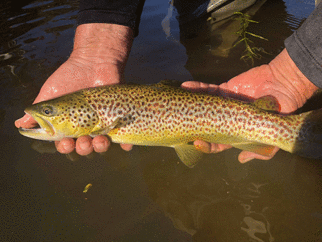
Thanks to the quick thinking of some keen anglers a number of these prized fish were able to be saved, however, many fish needlessly perished.
At the time of this event, Recfishwest reported that we would work with relevant agencies to ensure the risk of fish kills were reduced in the future.
We are pleased to report that Recfishwest recently met with Water Corporation staff to determine how best we can work together to prevent future fish kills during remedial works on our dams.
These fish are a valuable asset that has been paid for by recreational fishers (through licence fees) and when work on our dams is likely to threaten our assets it is only reasonable we are consulted about it.
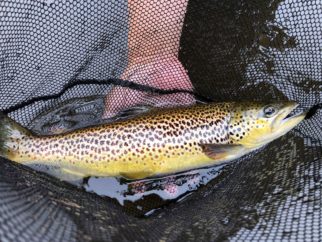
Better consultation and early knowledge of planned work on our dams allows us to take action to significantly reduce the risk of fish deaths.
Water Corporation have committed to working in partnership with Recfishwest to ensure early communication of works on our dams, as well as strategies to reduce impacts on fish and fish habitat.
Recfishwest is pleased at the timeliness of this commitment and look forward to working together to ensure that quality fishing experiences remain throughout our Southwest.
Water Corporation have now committed to an increased level of monitoring of Big Brook Dam whilst the water level remains low and will implement actions such as water aeration should this be necessary to maintain water quality.
Recfishwest will continue to monitor the situation and keep our community updated.
Water Corporation statement:
Fishers’ happy with plans to prevent further fish deaths
Water Corporation is installing water aeration pumps to improve oxygen concentrations at Big Brook Dam in Pemberton while it completes essential safety maintenance.
A range of mitigation strategies were discussed at a recent meeting with Recfishwest to look at options that would help reduce the impact on fish stocks at the dam when water levels are temporarily lowered.
Water Corporation South West Regional Manager, John Janssen said about 30 fish located in feeder creeks had sadly died recently when water levels were lowered to allow maintenance to go ahead.
“We are working closely with Recfishwest to help manage any further unforeseen impacts on recreational fishing activity at the dam,” Mr Janssen said.
“We will continue to closely monitor the introduced fish stocks in the Big Brook Dam while this maintenance work is carried out.
“The work we are doing at the dam is to ensure the dam will remain a safe and fantastic place to fish and recreate for many years to come.”
Matthew Gillett, Fishing Development Officer at Recfishwest said it was important to understand that trout would naturally swim upstream and struggle in the warmer weather.
“It is a rare event for more than one hundred more mature Brown Trout to be introduced at Big Brook Dam and fishers were looking forward to catching these. So we will work with Water Corporation to make sure the dam maintenance work can be completed, along with allowing fishing enthusiasts to still enjoy a good catch.” Mr Gillett said.
For more information about the Big Brook Dam Maintenance Work project please visit:
https://www.watercorporation.com.au/water-supply/ongoing-works/big-brook-dam-maintenance-work
Read the previous updates below.
